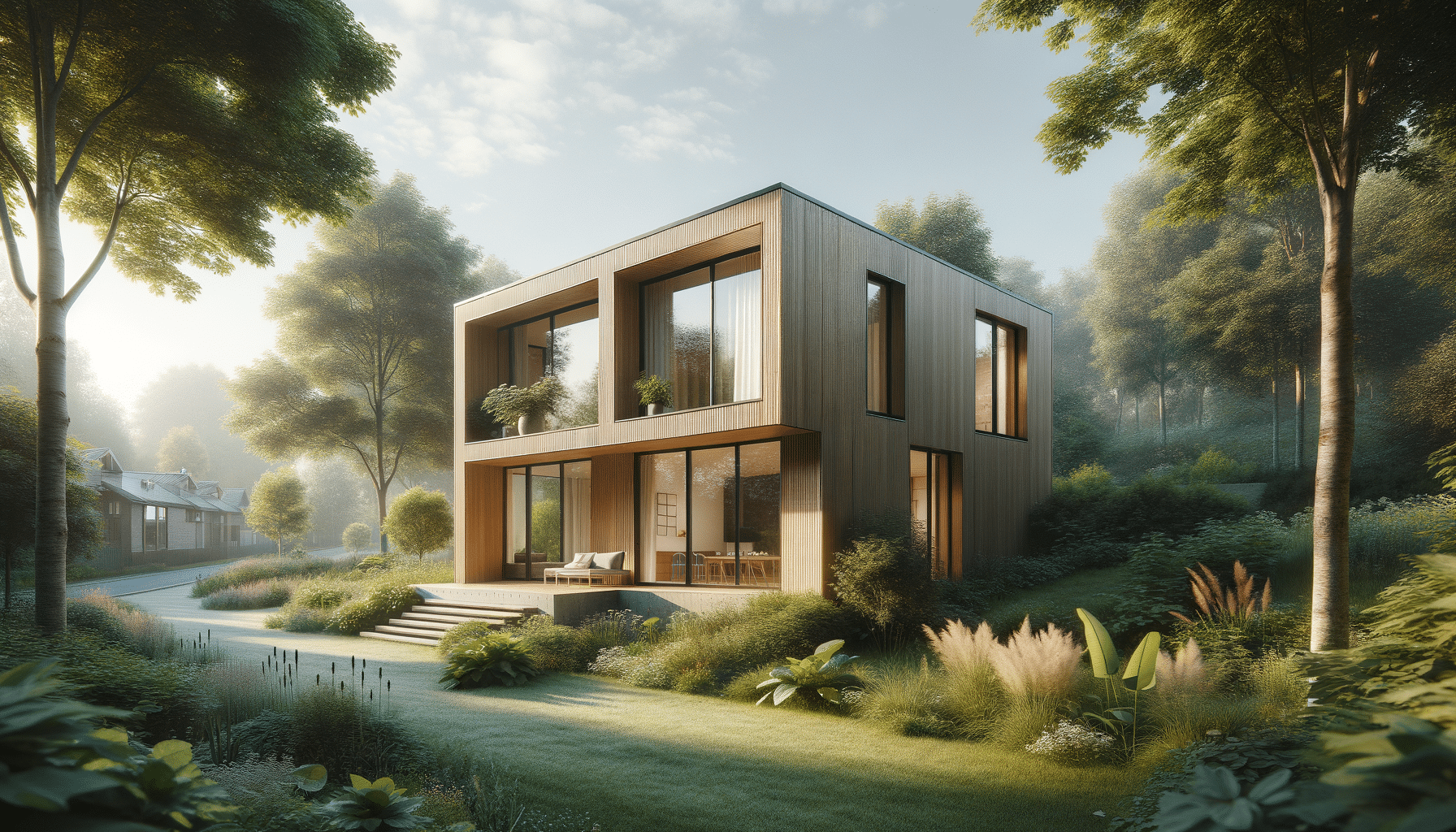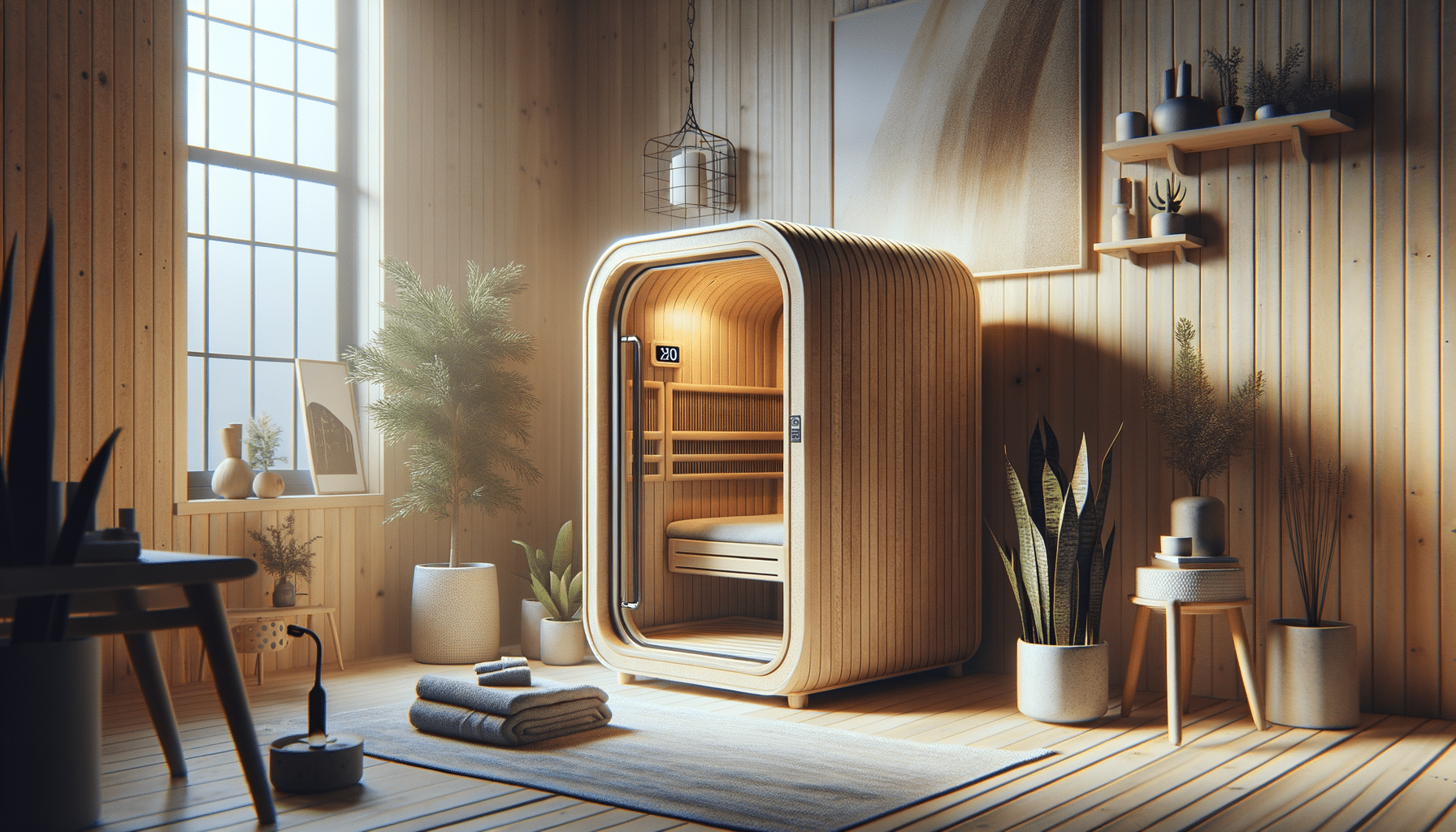
Learn More About Prefabricated Houses
Introduction to Prefabricated Houses
Prefabricated houses, often referred to as prefab homes, have seen a surge in popularity over the past few years. Their appeal lies in their cost-effectiveness, speed of construction, and modern design options. Prefab homes are constructed off-site in a factory setting and then transported to the desired location for assembly. This method reduces construction time and minimizes waste, making it an environmentally friendly option. With the growing demand for sustainable and affordable housing solutions, prefabricated houses offer a compelling alternative to traditional construction methods.
Advantages of Prefabricated Houses
One of the key advantages of prefabricated houses is their affordability. Since they are built in a controlled factory environment, manufacturers can purchase materials in bulk, reducing overall costs. Furthermore, the streamlined construction process minimizes labor expenses. Prefab homes are also renowned for their energy efficiency. Many are designed with advanced insulation and energy-saving technologies, which can significantly reduce utility bills.
Another benefit is the speed of construction. Traditional home building can take several months, or even years, to complete. In contrast, a prefab home can be constructed in a matter of weeks. This quick turnaround is ideal for those looking to move into their new home promptly.
Prefab homes also offer flexibility in design. Homeowners can choose from a variety of styles and layouts, ensuring their home meets their specific needs and preferences. Additionally, since the homes are built indoors, they are not subject to weather-related delays, ensuring a more predictable timeline.
Environmental Impact and Sustainability
Prefabricated houses are often lauded for their environmental benefits. The factory construction process generates less waste compared to traditional methods, as materials are precisely cut and reused when possible. This efficiency not only reduces waste but also decreases the carbon footprint of the building process.
Moreover, many prefab homes are built with sustainable materials and incorporate green technologies. These can include solar panels, energy-efficient windows, and rainwater harvesting systems. Such features not only reduce the environmental impact but also lead to long-term savings for homeowners.
The controlled factory environment also ensures higher quality construction. With consistent quality checks and adherence to strict standards, prefab homes often exhibit better durability and longevity. This makes them a sustainable choice for those looking to invest in a home that will last.
Challenges and Considerations
Despite their many benefits, there are some challenges associated with prefabricated houses. One of the primary concerns is the perception of quality. Some potential buyers may associate prefab homes with lower quality due to their modular nature. However, advancements in technology and design have significantly improved the quality of modern prefab homes.
Another consideration is the logistics of transporting and assembling the home on-site. While the construction process is quicker, the transportation of large modules can be complex and may require special permits or equipment. Additionally, finding a suitable plot of land and ensuring it meets zoning regulations can be challenging.
Lastly, customization options, while available, may be more limited compared to traditional homes. Buyers need to work closely with manufacturers to ensure their specific needs and desires are met.
Future of Prefabricated Housing
As urbanization continues and the demand for affordable housing grows, the future of prefabricated housing looks promising. Innovations in technology are leading to even more efficient and sustainable building practices. For instance, 3D printing technology is being explored as a potential method for constructing prefab homes, which could further reduce costs and construction time.
Moreover, as awareness of environmental issues increases, more consumers are seeking out eco-friendly housing solutions. Prefab homes, with their sustainable building practices and energy-efficient designs, are well-positioned to meet this demand.
In conclusion, prefabricated houses offer a viable and attractive option for modern housing. With continued advancements and increasing acceptance, they are likely to play a significant role in the future of residential construction.


